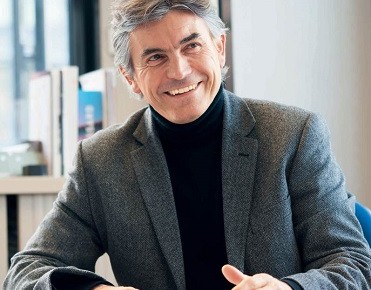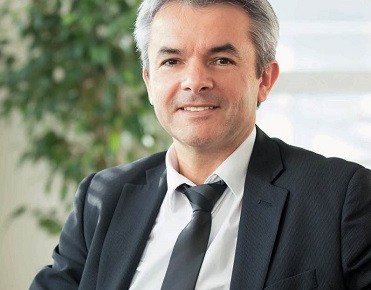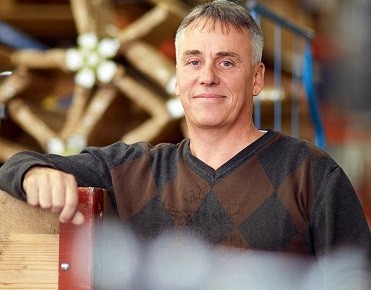Ives Mühlemann
Application Engineer, Bossard Switzerland
I can still remember my first client visit. I learned how much there is to discover and learn about fastening technology. I accompanied one of our technical experts to a client site for training. My colleague discussed things I had never heard anybody cover at such depth while in school, such as the specific properties of different materials or the importance of the correct torque on a bolted joint. Fastening technology is a very complex field in which many parameters interact and affect each other. We are able to use our knowledge to help clients find the best fastening solution and avoid unexpected problems.
I have worked at Bossard in Switzerland for two and a half years as one of four application engineers. Our job is to support our clients with product design and development. This means we often deal with new, undocumented problems whose solutions have yet to be found.
Although screws are only one of many elements in machinery or equipment, their failure can bring everything to a standstill. This happened to a Swiss company’s deep drawing press. In South Africa, the press was used for manufacturing aluminum screw caps for wine bottles.
During operation, the M12 screws that held in place a deep draw die were failing. The client contacted our sales department. The goal was to find an answer to the question why the screws continued to fail during production. To answer this question, I analyzed the fracture and spoke with the local technicians who assembled the machinery. The problem was quickly identified. For various reasons, the screws were not tightened properly. The solution was to define the exact torque and proper lubrication ratio in order to attain the correct pre-load force to the connection.
Clearly, defective equipment can quickly become costly for clients, with losses running into the five- to six-figure range in no time at all. When we can solve a client’s problem quickly and efficiently, then we have provided a textbook example of proven productivity. And, of course we’re thrilled when a client shows us their appreciation, like the company with the deep drawing press. In that case, we celebrated our success in-house with red wine from South Africa!








